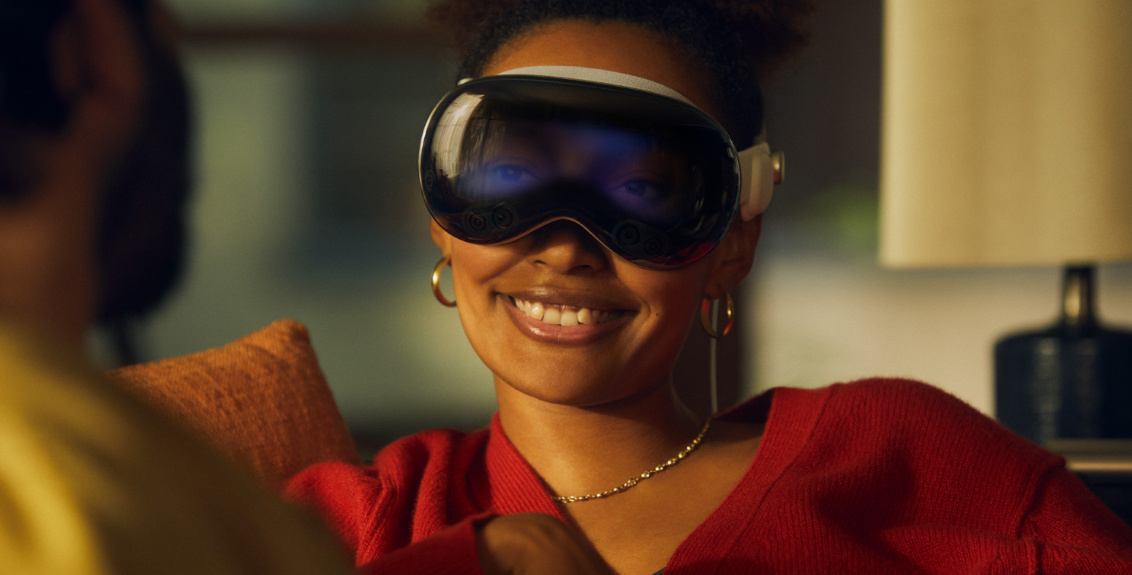Apple Vision Pro, announced in June 2023, is a groundbreaking device that promises to revolutionize the way we interact with digital content and the physical world. It is a standalone spatial computer that runs visionOS, a new operating system that blends 3D graphics with real-world environments. Users can control the device with their eyes, hands, and voice, creating an intuitive and immersive experience.
One of the key features of Apple Vision Pro is its display system, which consists of two ultra-high-resolution micro-OLED displays that deliver stunning visuals and a wide field of view. Each display has 23 million pixels, more than a 4K TV for each eye, and can adjust to the user’s interpupillary distance for optimal comfort and clarity.
But why did Apple choose OLED technology for its spatial computer? OLED stands for organic light-emitting diode, a type of display that emits light from organic materials when an electric current passes through them. Unlike LCD displays, which require a backlight to illuminate the pixels, OLED displays can turn off individual pixels to create true blacks and infinite contrast ratios. This results in more vivid colors, deeper shadows, and a higher dynamic range.
OLED displays also have several advantages for mixed reality applications, such as Apple Vision Pro. First, they have faster response times than LCD displays, which means they can refresh the image more quickly and reduce motion blur and latency. This is crucial for creating a smooth and realistic experience, especially when moving your head or interacting with virtual objects.
Second, OLED displays have lower power consumption than LCD displays, which means they can extend the battery life of the device. Apple Vision Pro has an external battery that supports up to 2 hours of use, and all-day use when plugged in. By using OLED displays, Apple can optimize the energy efficiency of its spatial computer and offer more freedom and mobility to its users.
Third, OLED displays have thinner and lighter profiles than LCD displays, which means they can reduce the size and weight of the device. Apple Vision Pro has a sleek and elegant design that features a single piece of laminated glass that curves around the user’s face and an aluminum alloy frame that provides durability and comfort. The device weighs only 300 grams, making it one of the lightest mixed-reality headsets on the market.
In summary, Apple went for OLEDs in its Vision Pro because they offer superior image quality, performance, power efficiency, and design for its spatial computer. OLED technology enables Apple to create a device that delivers immersive and realistic experiences while being comfortable and portable. Apple Vision Pro is expected to be available in early 2024 in the U.S., starting at $3,500.



